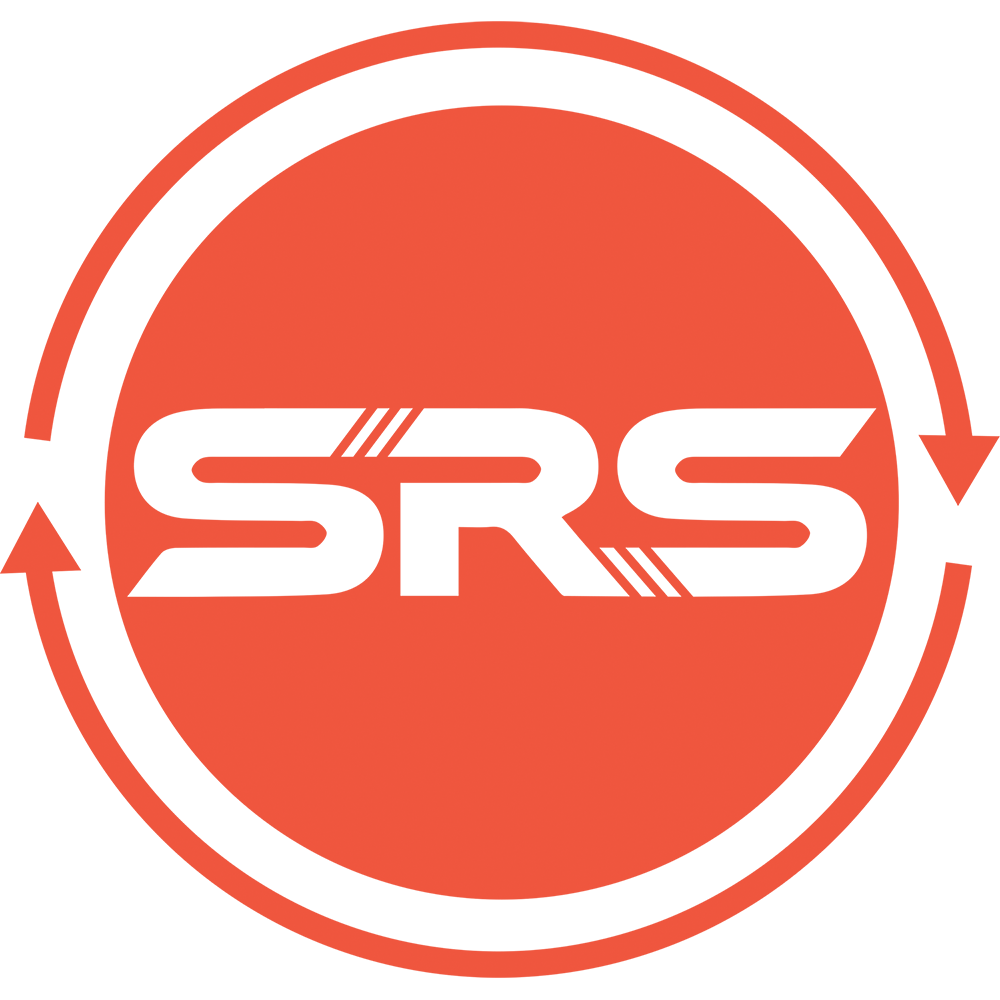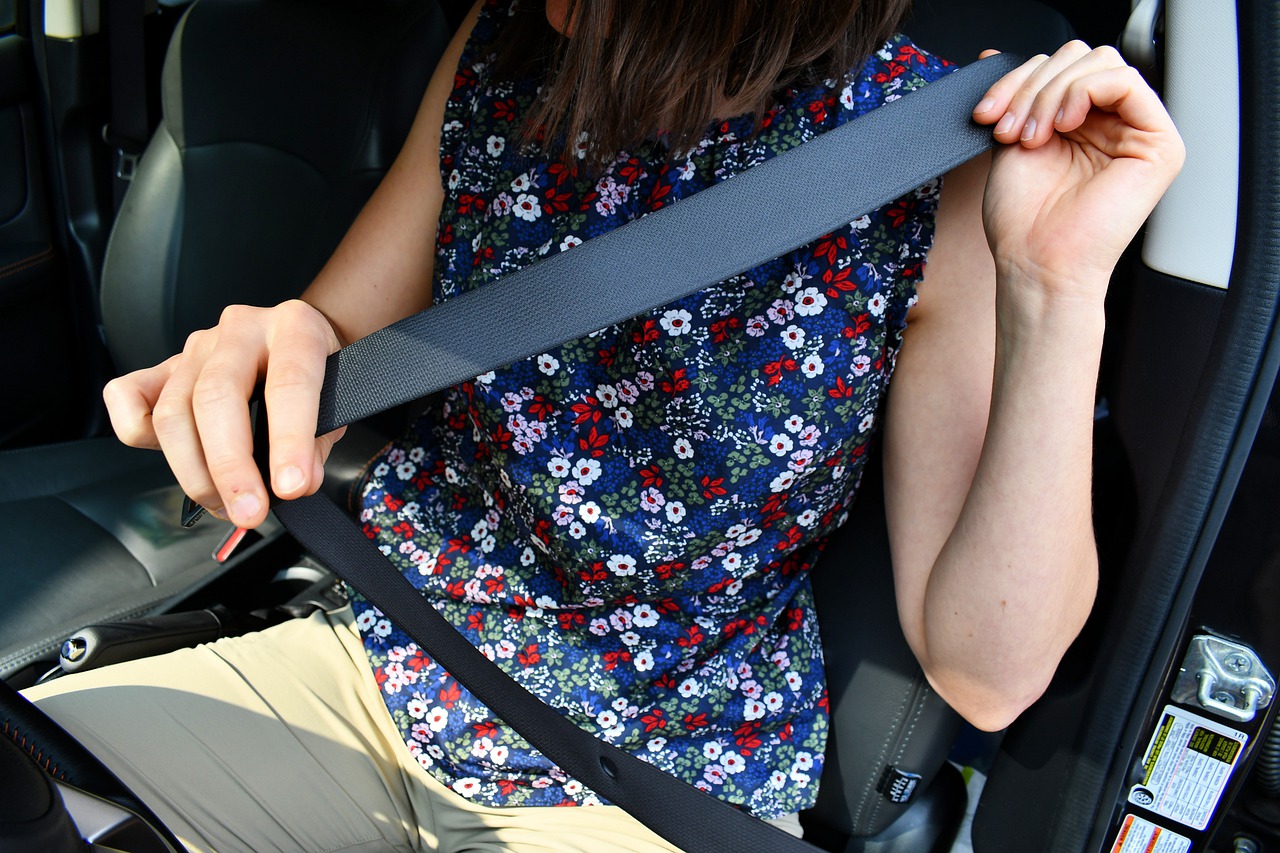To put it simply, wearing a functional seat belt is basically the difference between minor to no injuries after an accident to getting catapulted out of the dashboard from the sudden stop of force on the car. This is why many people do their best to at least have a working knowledge of installing them. However, a good rule of thumb especially when unsure is to call on a professional that can render the service well.
When Should A New Seat Belt Be Installed?
Over time, the quality and elasticity of a seat belt may not be as good anymore. The belt stitching may even get ripped if the retractor’s got a damaged internal mechanism. Any tiny cuts or frays are an indicator of a need for change.
That said, here’s some vital advice for installing seat belts in a car:
Have everything prepped before starting
It’s best to already have all the necessary equipment and materials before the job even starts. Seat belts are not a “one size fits all” so be sure to get what’s appropriate for your ride. Be sure to keep the make, year and model of your vehicle in mind so you can get something that’s compatible.
Seat belts themselves aside, the proper tools include:
- Flashlight
- Ratchet
- Screwdriver
- Speciality socket
- Torque wrench
The repair manual should tell you exactly what torque is best for your car.
Front seat belt installation
Practically every vehicle today has three-point seat belts in front. Both the shoulder belt attachment and buckle assembly will need replacing for front seat belt replacement. The attachment point needs replacing also. Trim removal tools should be at hand for the trim panels to be loosened properly.
In order to find the attachment points, the trim panel should be taken out in order to reach the center pillar. That panel is where the clips are attached to.
Bolted on or screwed parts can be addressed with the correctly-sized socket wrenches.
Rear seat belt installation
When it comes to the back seat or rear, vans, SUVs and trucks usually have them. Luckily, the process for installing them is a lot like installing front seat belts. The shoulder belt attachment holds the biggest difference: it’s in the passenger compartment’s headliner this time.
Removing the headliner should be done with caution to avoid damage. The repair manual should have helpful instructions depending on the make and model of the vehicle.
The seat belt attachments are usually on the bottom of the rear seat. Luckily, it’s just a matter of removing the cushion by pushing on the center until the spring tension releases. The seat can then be picked up to get taken out of the vehicle as a whole.
Conclusion
Seat belts can make all the difference between life and death during a car accident. They are crucial for human safety and should not be taken lightly. Fraying, damaged ones should be replaced immediately. Have all equipment and materials ready, find the attachment points and consider the vehicle’s make, model and type.
Need to get seat belt installation done safely? Reach out to SRS Restore! We handle post-accident seat belt repair or rebuilding.

